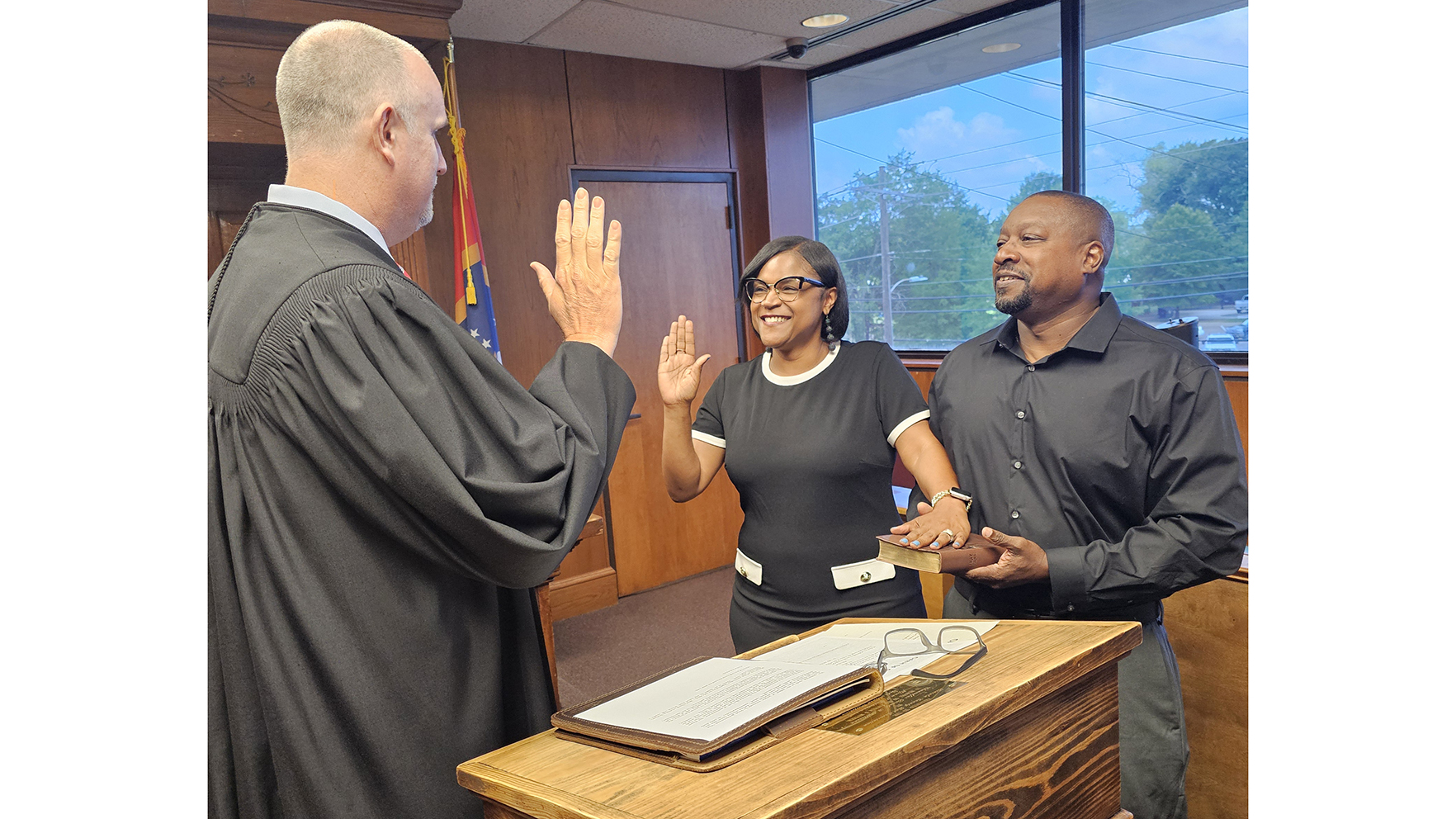Our morning at Arlington
Published 8:58 pm Friday, July 6, 2018
By means of transcontinental communication, our favorite Marine told me about plans to celebrate the Fourth at their steel beach.
“We’ll grill out on deck. Throw frisbees,” he explained, referring to the amphibious transport ship he’s inhabited since February. That’s good, I told him, really good. All the while I was thinking to myself, “This time next year he’ll be home eating burgers off his grandfather’s grill. He’ll be away from volatile shorelines and missions he can’t tell us about.” Lord willing, Lord willing.
And on days like last Wednesday, when patriotism registers high on the barometer, our son’s enlistment makes me think a little differently than I did prior to his signing up. Sure, we still wear our red, white, and blue t-shirts and remember to put the flag on the front porch. We sometimes even shoot fireworks akin to bombs bursting in air. But in the back of my mind I’m recalling a place we visited earlier this year, a place where patriotism is always front and center – Arlington National Cemetery.
Veterans of every major U.S. military conflict, all the way back to the American Revolution, are buried on Arlington’s 624 acres. Among the plots you’ll find the names of more than 400 Medal of Honor recipients, including men like Pvt. Henry Johnson, who’s buried in section 25. During World War I, Johnson and a fellow service member were attacked by a German raiding party. Johnson, carrying only a knife, engaged them in hand-to-hand combat and saved his own life and the life of his friend. Wow.
Stories like that are discreetly posted at Arlington, but even the most avowed non-sign reader can learn from the landscape – perfectly straight rows of white tombstones stretching section after section after numbered section.
On the morning we toured, a military band stood at ready while a horse-drawn caisson brought a casket through to a prepared spot. That’s not unusual. Some days Arlington hosts 30 funerals, making it one of the nation’s busiest cemeteries. But while the outdoor drama and indoor displays at Arlington are interesting, the primary draw at America’s most sacred shrine is located a lengthy walk up a hill.
There, at the Tomb of the Unknown Soldier, enough patriotism reverberates through the drape of oaks to drown out the most carefree tourist. We hushed up and joined about a hundred other spectators settled on the marble steps. The bells sounded at the hour, and we counted the ringing.
Nine. Ten. Eleven. Time for the famous Changing of the Guard.
I was surprised to learn that the ritual was originally a civilian-led enterprise. The site was unmanned until in 1925 a regular Joe began the first watch. A few years later the U.S. Army took over, and by 1948 sentinels of the 3rd U.S. Infantry Regiment had assumed the duties they’ve maintained ever since. It is a continuous year-round vigil. That means soldiers are standing guard through blizzards, hurricanes, oppressive summer heat, and even during the September 11, 2001 terrorist attack on the nearby Pentagon.
The Changing of the Guard is a silent rite characterized by salutes and marching. I say silent, but there is one obvious sound during the ceremony. The guards wear special “low quarter” shoes designed to accentuate the famous click heard when they bring their heels together to face the tomb.
They also wear the Army’s dress blues, white gloves, and reflective sunglasses. They carry M14 rifles and keep their necks shaved. Name tags, however, are left back in the barracks. That’s to honor the anonymity of the Unknown.
We watched as the guard’s replacement came up in a measured stride. It was a bit like a slow-motion replay. A third guard came out, too. We were asked to stand. There were deep-throated commands, then the sentinel walked. He went back and forth across a wide rubber mat puddled with the remains of an earlier rain shower.
His routine was based on the ritual of the military’s highest honor – the 21-gun salute. The sentinel took 21 steps, pausing for 21 seconds between movements. He executed more movements, then placed his rifle on his shoulder farthest from the Tomb. This signified the sentinel stands between the Tomb and any possible threat.
Of course, the sentinel was lean. Polished. Most notably, he was undeterred by my lens cap as it rolled across a marble step beside the staging area.
In time we stood again. We watched. We paid homage to “an American soldier known only to God.” And when “Taps” rang out from a patriot’s funeral in Section 47 as we made our way back to our car? Well, I count that as some serious lagniappe.
Kim Henderson is a freelance writer. Contact her at kimhenderson319@gmail.com or follow her on Twitter @kimhenderson319.




